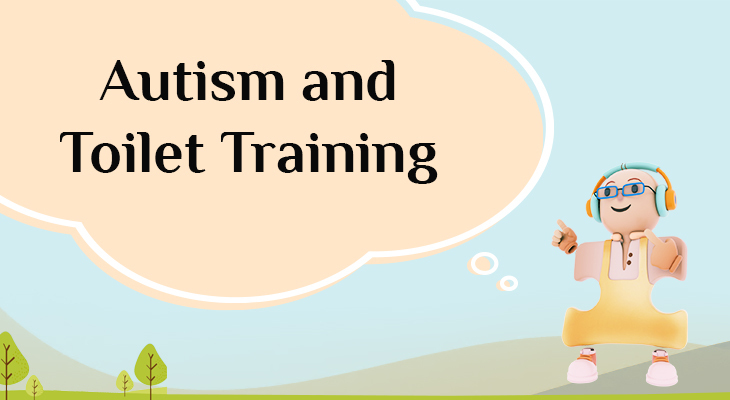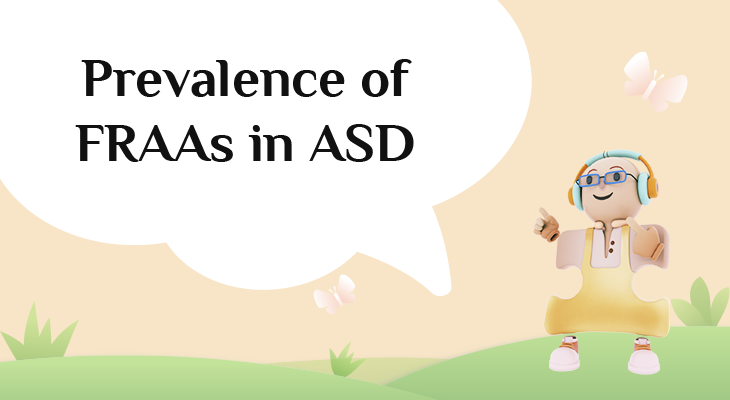
Parenting is such a wonderful experience. Oh, what we do for our children! So many things that we teach them and train them on, and I am sure that most are wonderful memories. Some training tasks, however, may be a little bit more tedious than others. Let’s consider toilet training! Toilet training in itself is a challenging endeavor, but what about toilet training a child with autism?
Toilet training a child with autism can present unique challenges, but with patience, consistency, and the right strategies, it can be successfully achieved. Highlighted below are some tips that may help guide you through this process:
1. Understand Readiness
- Look for signs of readiness such as staying dry for longer periods, showing interest in the bathroom, or discomfort with dirty diapers.
- Consider physical readiness as well as emotional and developmental readiness.Some of this perception is an acquired skill that takes time but it will come eventually.
2. Create a Routine
- Establish a consistent bathroom schedule. Take your child to the bathroom at regular intervals, such as every hour or so. You will be able to judge what the most convenient time intervals will be, so trust your instincts.
- Include bathroom trips in daily routines, like after meals, before naps, and before bedtime.
3. Visual Supports
- Use visual schedules to show the steps involved in using the toilet. You can use pictures or a sequence of words to represent the process.
- Consider using social stories to explain the process and why it’s important.
4. Positive Reinforcement
- Offer praise, stickers, or small rewards for successful bathroom trips. Reinforce even small steps, like sitting on the toilet. This positive reinforcement will go a long way.
- Stay positive and avoid punishment for accidents. Negative reinforcement will not help in this situation.
5. Modeling and Demonstration
- Show your child how to use the toilet by modeling the behavior. Siblings or peers can also be good role models.
- Use dolls or action figures to demonstrate the process in a playful way. This may be a fun and entertaining action to incorporate.
6. Sensory Considerations
- Be mindful of sensory sensitivities. Some children might be sensitive to the sound of flushing water, the feel of toilet paper, or the cold seat.
- Incorporate adjustments to make the bathroom a comfortable place, such as using a padded toilet seat or soft lighting. This may greatly help your child.
7. Clear and Simple Instructions
- Use clear, simple language when instructing your child. Keep commands short and direct.
- Consider using a specific word or phrase to signal it’s time to go to the bathroom.
8. Dress for Success
- Use easy-to-remove clothing to make the process smoother. Avoid clothes with complicated buttons or zippers.
9. Patience and Consistency
- Be patient and consistent. Toilet training can take time, especially for children with autism.
- Maintain a calm and positive attitude, even during setbacks.
10. Seek Professional Support
- Consult with a pediatrician or a therapist who specializes in autism if you encounter significant challenges.
- Occupational therapists can provide strategies for sensory issues, while behavior therapists can help with creating effective routines and reinforcement systems.
11. Personalized Approach
- Tailor your approach to your child’s specific needs, preferences, and developmental level. Your instincts will kick in here – trust yourself!
- Be flexible and willing to adjust strategies as needed.
Toilet training a child with autism may take longer, but you will get there! Ultimately, you can help make the process smoother and more successful for both you and your child.



